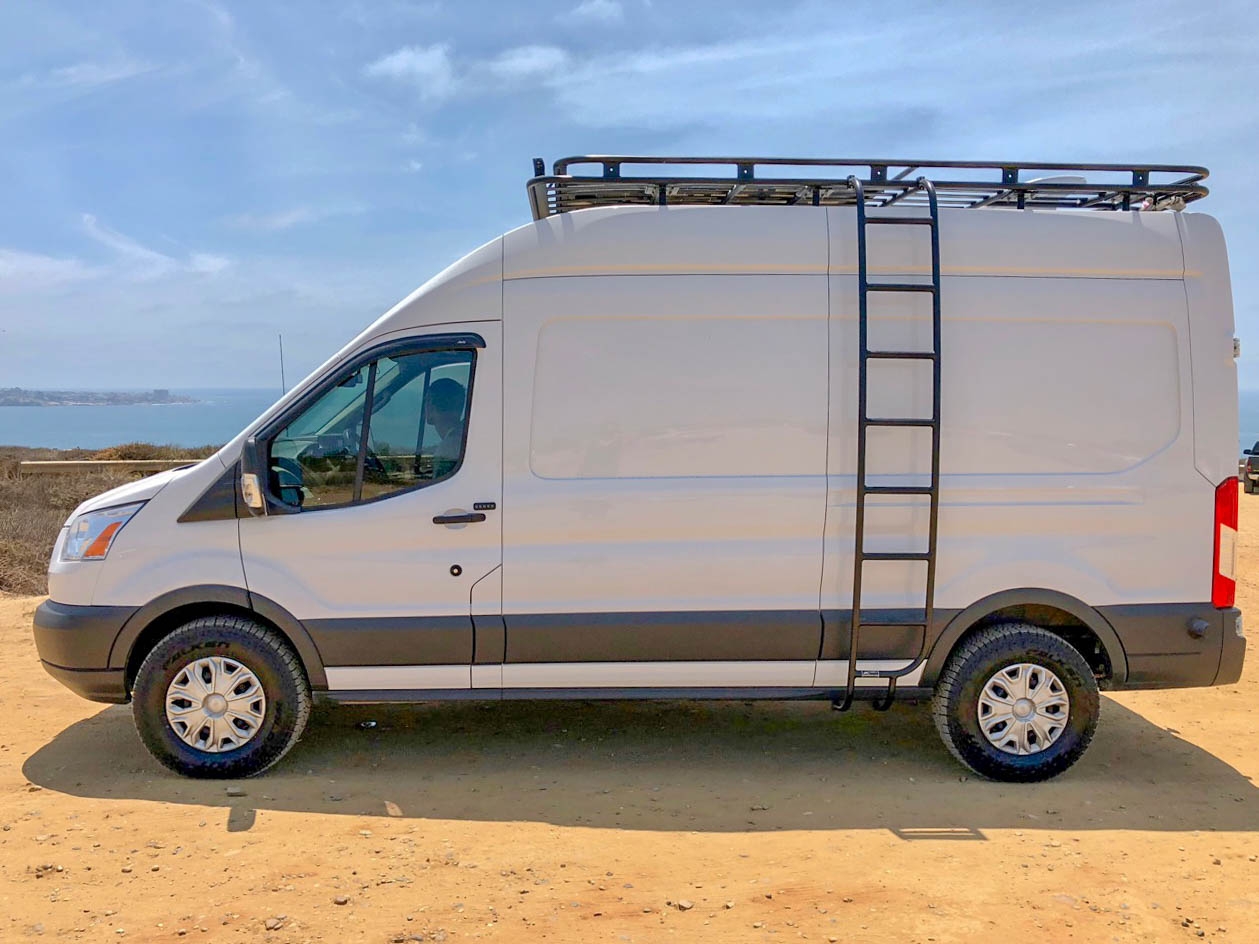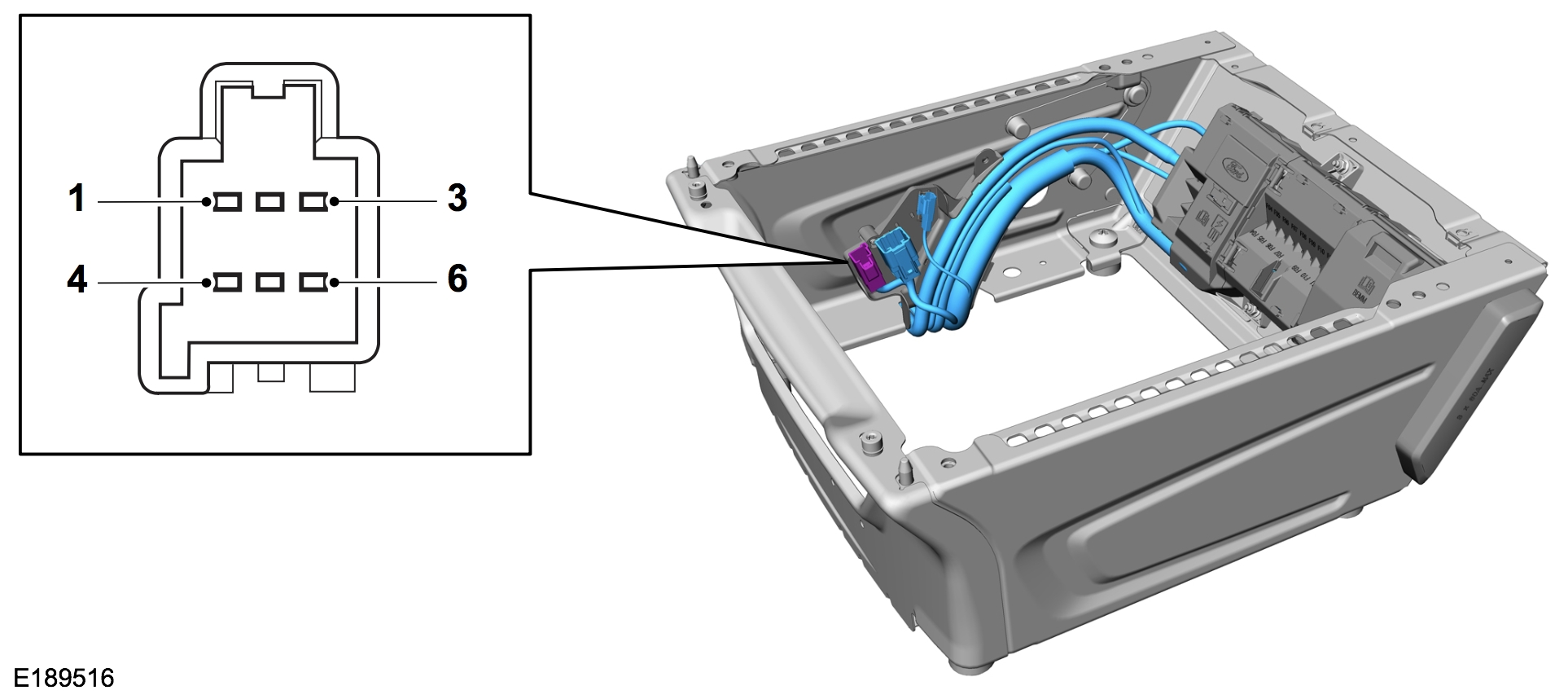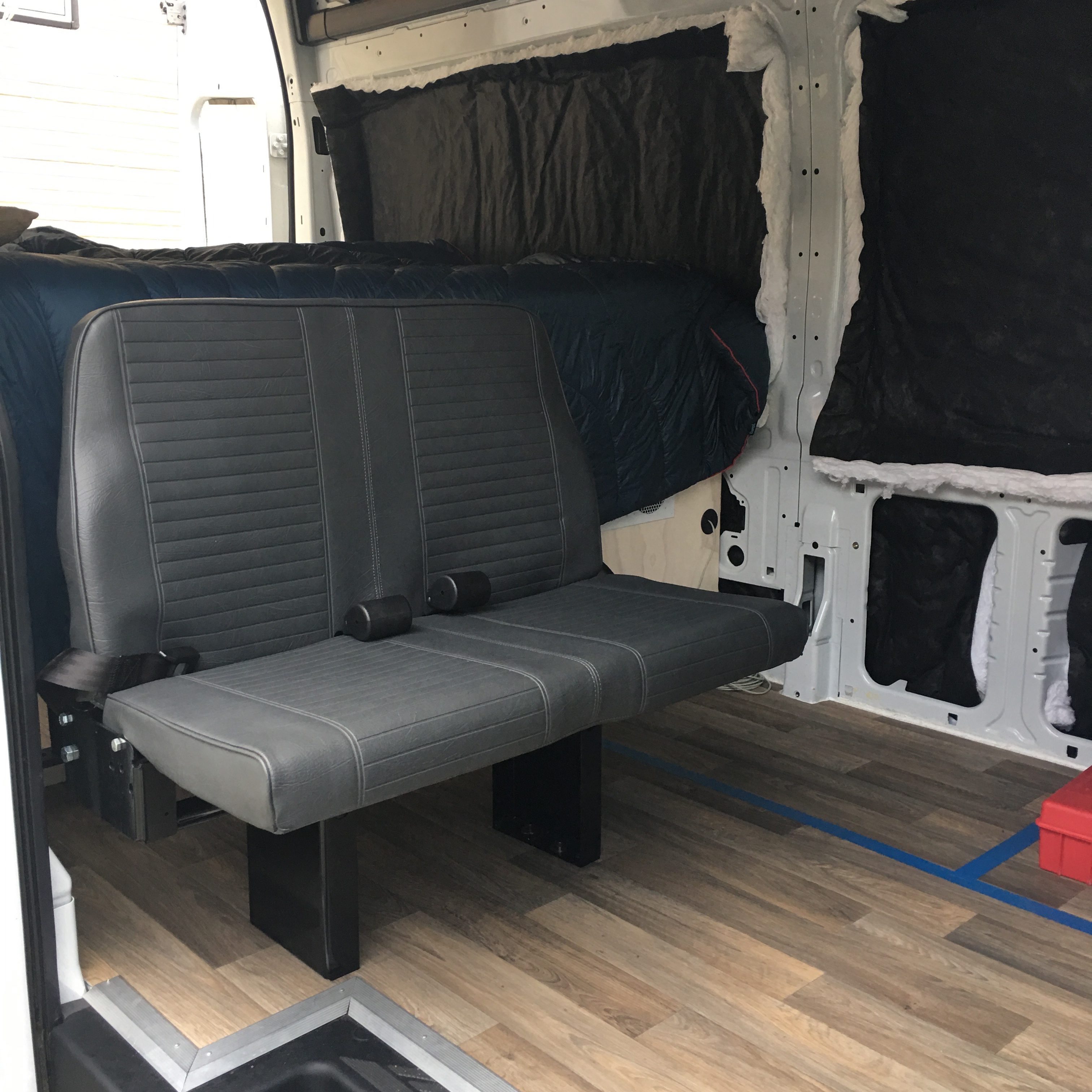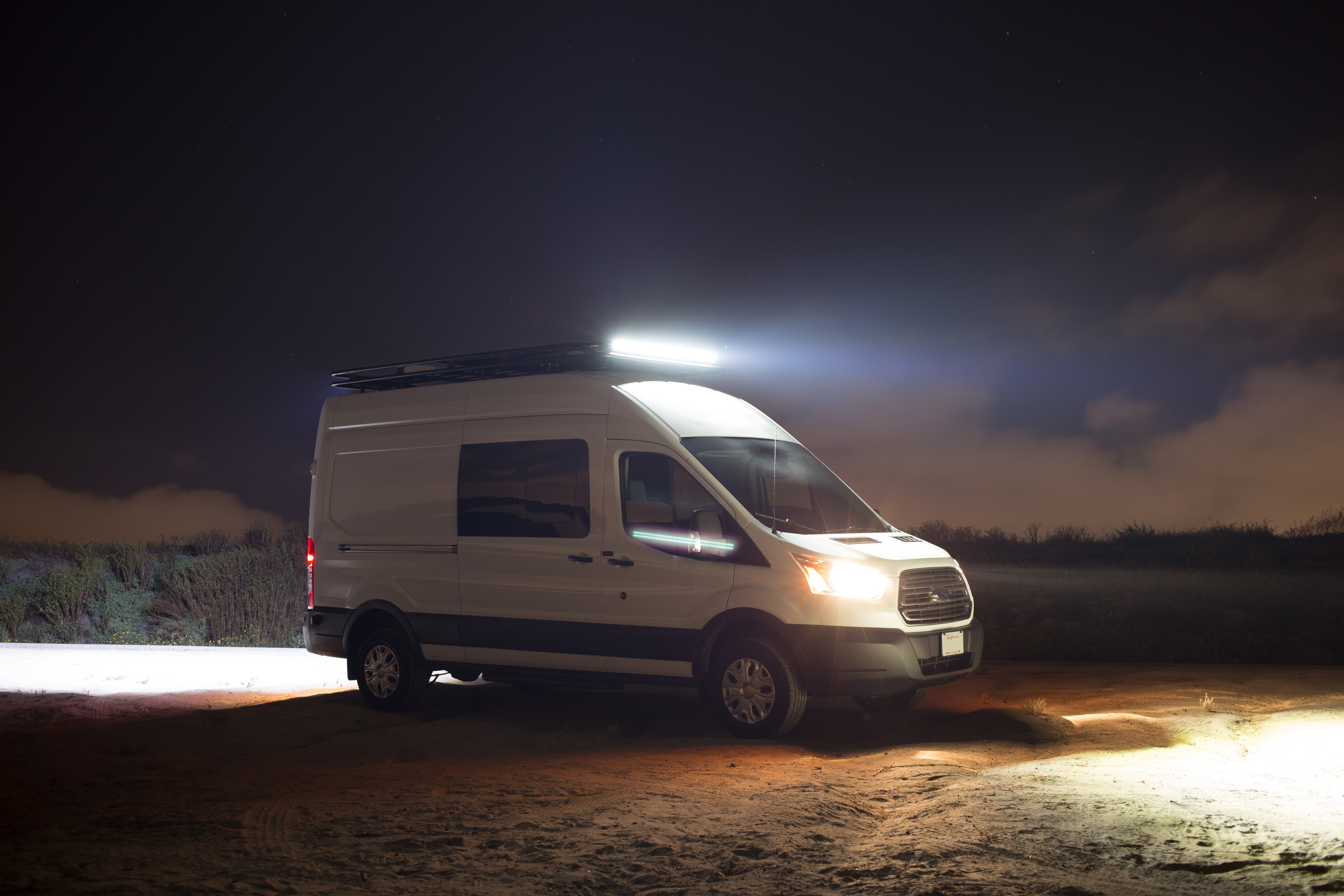Posts By Matt
Adding Larger Tires To The Ford Transit
The Ford Transit comes with pitifully small 235/65-R16 tires and at a diameter of just 28″, it really limits the Ford Transit’s off-road abilities. At about the 21,500 miles mark, the stock tires were ready to be replaced. Instead of replacing them with the same size we went bigger with 245/75-R16 tires at a diameter of 30.5″. This is about as large as you can go on the Transit with minimal modifications.
Engine On Signal Via Ford Transit Vehicle Interface Connector
Our house batteries can be charged via 2 sources, the 270 W solar panel on our roof or via the vehicle’s electrical system. When charging via the vehicle’s electrical system we didn’t want to accidentally discharge the starter batteries to the point that the van wouldn’t start. We needed a way to turn off the house battery charging circuit when the engine was off. We also wanted the ability to use one of the upfitter switches to manually disable charging even if the engine was on. To accomplish this we needed a positive switched engine on signal.
Van Conversion Weight
When ordering our custom Ford Transit van one of the first things we had to decide was what trim version we would get. The cargo version of the Transit comes in a 150, 250, 350, and 350HD variant. The higher the number the more the van can carry and tow. As first time van owners we had no idea how much our van conversion would weight so we went with the largest payload capacity we could get without having dual wheels in the back. We didn’t want dual wheels in the back as that would take up much needed interior space. So we went with the 350 version which has a maximum payload capacity of 4,270 LBS according to Car and Driver or 4,120 LBS according to Ford.
Affordable DIY Van Awning
We planned on getting a Fiamma F45 S awning for Gidget, we even bought the special mounts from Aluminess to mount it, but after going on a few trips now we’re not so sure anymore. At a cost of around $1000 the Fiamma awning is expensive enough to make us think twice about it.
For the type of adventuring we do, always on the move seeing sights, we don’t tend to set up camp in anyone spot for very long. And if we do park it for a few days, a quick deploying awning isn’t crucial.
At about $140, our DIY awning can be deployed in about 15 minutes and cost significantly less than the Fiamma option.
Rear Door Storage
An adventure van always needs more storage, you can never have enough, that’s probably the one thing we have learned while using Gidget.
Easily accessing surf related items from the back doors was an area that needed improvement so we added some mesh pockets to the back door.
Redoing The Bed A Third Time
Originally we installed the bed perpendicular to maximize the space in the living room of Gidget. This was never ideal as we are both pretty tall (Matt 5’11” – Tricia 5’10”), but we could have made it work. After the original install it squeaked like crazy so we even redid the whole platform.
When we installed the folding bench seat, we were left with a large gap between the bed and the seat. This created the perfect opportunity to turn the bed parallel in the van to give us more sleeping room. Third time’s a charm, right?
Adding Extra Seats
The biggest con of getting the cargo version of the Ford Transit is that it only comes with two front seats. With only two seats it makes hanging out in the “living room” hard to do. It also prevents us from taking friends with us on adventures.
So we added a Freeman Handi-Flip folding bench seat. Now Gidget has a total of 4 seats with seat belts.
We had help with the install to make sure it was safe. If you decide to install an aftermarket seat we strongly encourage you have it done professionally.
Adding Light Bars To The Roof Rack
Any respectable adventure van needs a light bar, it’s just a given. And now that Gidget has a rack to mount lights on there was nothing stopping it from happening.
There are some very expensive light bars out there and they are probably great but would be serious overkill for our needs. We just need a little extra light when traveling on dirt back roads, particularly in Baja.
So we found some affordable ones on Amazon that had decent reviews and so far we are very happy with them.
Roof Rack and Ladder
For extra storage and a place to mount the solar panel we decided to install an Aluminess roof rack and ladder. From order to install took about 2.5 months. Actual installation took about 5 hours at the Aluminess headquarters in San Diego.
Ford Transit Customer Connection Points
Ford Transits come with 1 60A fused Customer Connection Points (CCP) as standard and up to 3x 60A may be fitted depending on vehicle configuration. If you are ordering a custom Transit you can get 3 CCPs by ordering the upfitter switches (option 67C).
If your Transit only has 1 CCP you can add the missing 2 by ordering kit part number BK2Z-14S411-A. CargoVanConversions has a good write up covering the installation process.




















